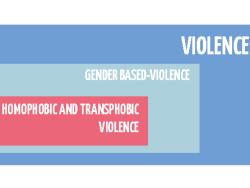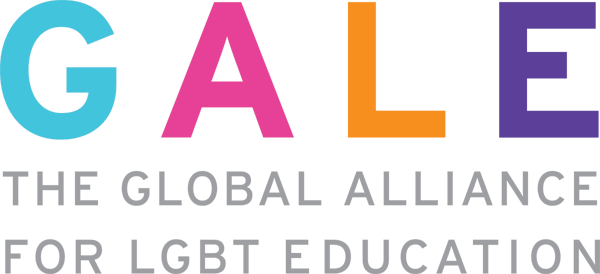Worldwide prevalence of violence against gender nonconformity

18 May, 2016 - Two days of research presentations at the global UNESCO conference make three things clear. First, the prevalence of violence against LGBT students is high across almost all countries. And second, most violence is actually not homophobic bullying, but gender related bullying. Effeminate boys and strong girls carry the brunt of the aggression. Third, most states to not respond to this violence.
Prevalence high
All research results have in common that the prevalence of SOGIE-related bullying is high. Although the statistics are not completely comparable because researchers use a different ways of measuring, it is clear that the level of homophobia and trans-phobia in schools is usually between three and six times as high as four other students. For example, in New Zealand, LGB students are three times more likely to be bullied that their heterosexual peers. Transgender students are five times more likely to be bullied then non-transgender students. In Argentina, 45% of transgender students drop out of school because of bullying or simply because of being excluded from school. In Chile, 33% of students have made negative remarks in relation to sexual orientation. In Thailand, 55% of LGBT students experienced physical or psychological violence in the past month. In southern African countries, "diversity related" violence was between 41 and 44% in Namibia, Lesotho and Botswana.
Homophobia is mainly gendered violence
The violence also has in common that students who are not gender conforming are bullied much more than others. In practice this means that visible transgender students are most targeted with violence. Boys who look like the girls are next in line, followed by, bisexuals and lesbians. Also heterosexual students who are not gender conforming are targets of name-calling and bullying.
State responses are usually inadequate
In most countries, the state response to such violence is completely inadequate. According to UNESCO, one of the main reasons for this is the lack of research and data on LGBT , and gender related violence. But in many countries there is not even a willingness to do research because of negative preconceptions at outright state homophobia and trans-phobia.
GALE questions research focus
One question that can be asked is to what extent they about prevalence of homophobic and transported violence actually helps to set the agenda for improvement. In some countries the cooperation of UNESCO and local organizations with the government on the UNESCO funded research has led to a commitment of the government to do a follow-up on the results. In other countries it is unclear what the impact of the new facts is.
In a range of Western countries, there was already a longer tradition of research on LGBT violence in schools. However, many of these research reports and data never lead to a government response. In most Western countries the government response only started after steady advocacy of local LGBT NGOs. The triggers for a political change often where often high profile news items on teen suicides or examples of gross discrimination, rather than objective data.
Peter Dankmeijer, director of GALE notes: "Maybe not to research or the data itself, but the process of cooperation or advocacy with governments is the most effective determinant of success for change. For a follow-up strategy, we need to consider whether the sole focus on prevalence research is the most effective way to get governments committed to improving the education sector response. I feel it may be more useful to develop a strategy which party relies on statistical research, on documenting examples of violence and discrimination, and sharing and discussing such challenges with governments and educational institutions."


